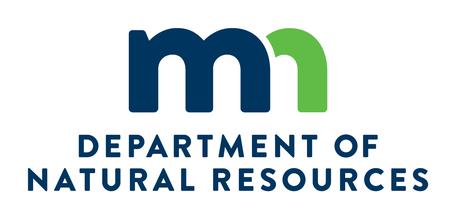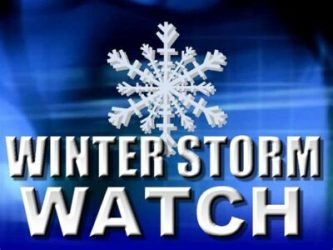As drought conditions continue to expand in Minnesota, some areas of the state are now experiencing exceptional drought conditions for the first time since 2021 (portions of Freeborn and Mower counties in southeastern Minnesota, as well as in parts of Aitkin, Carlton, and Pine counties in east-central Minnesota).
The US Drought Monitor classifies more than half of the state in severe, extreme, or exceptional drought, with the rest in moderate drought or abnormally dry conditions.
Two watersheds, the Upper Mississippi-Maquoketa-Plum and Upper Mississippi-Iowa-Skunk-Wapsipinicon, are now in the Drought Restrictive Phase, per the criteria established in Minnesota’s Statewide Drought Plan. This is the first time since 2021 that any watersheds in Minnesota have been in this restrictive phase, which requires public water suppliers to implement significant water conservation measures to reduce consumption.
Over the past seven weeks, the DNR has also suspended 107 surface water appropriation permits for non-domestic use across the state in response to the expanding drought conditions.
This week’s drought monitor map shows-
15% of Minnesota is experiencing abnormally dry conditions.
30% of the state is in moderate drought.
39% of Minnesota is in severe drought.
15% of the state is in extreme drought.
1% of Minnesota is in exceptional drought.
“With nearly the entire state experiencing some level of drought, it is important for all Minnesotans to take measures to reduce water use,” said DNR Commissioner Sarah Strommen, “The DNR is closely monitoring the levels of our surface waters and aquifers and will take additional restrictive actions if necessary to protect public water supplies.”
The Minnesota Department of Natural Resources is currently taking the following actions-
Continuing to monitor surface waters to determine whether flows/levels trigger suspension of appropriation permits for nondomestic uses (this includes daily monitoring of multiple locations along the Mississippi River).
They are notifying permittees whose water appropriation permits will be suspended.
It is notifying water suppliers in the watersheds that reach the Drought Restrictive Phase of water conservation requirements for demand reduction.
Re-convening the State Drought Task Force to discuss intensifying drought conditions.
Monitoring precipitation and water levels.
“We do not expect to receive sufficient precipitation shortly to alleviate the expanding drought conditions,” State Climatologist Luigi Romolo said. “All residents need to have a water conservation mindset, look at how much water they’re using, and commit to using less, not just during drought but on an ongoing basis.”
Drought conditions typically lead to increased irrigation for crops, lawns, and athletic fields, increasing strain on Minnesota’s water resources. Dry soil conditions stressed yields characterize moderate drought (D1) and lower-than-average river and lake levels. Severe drought (D2) is characterized by much lower than average river and lake levels, hard ground, and a higher potential for severe impacts on agriculture.
Extreme drought (D3) may result in the early harvest of corn and an increased risk of wildfires. In exceptional drought (D4), the early crop of corn and emergency haying and grazing are typical, surface waters are near record lows, and wildfires may be widespread. Some degree of drought occurs in Minnesota nearly every year.
Minnesotans are encouraged to learn how much water they use (mndnr.gov/waters/watermgmt_section/appropriations/conservation.html) compared to the average American home and identify ways to reduce water use now and in the future. Reducing use today saves water for the future.
A map of Minnesota watersheds and more information about drought in Minnesota is available on the Minnesota DNR website (mndnr.gov/climate/drought). The website includes a link where anyone can sign up to receive drought-related notifications and information.





